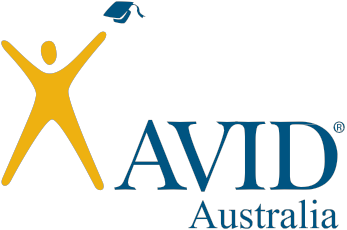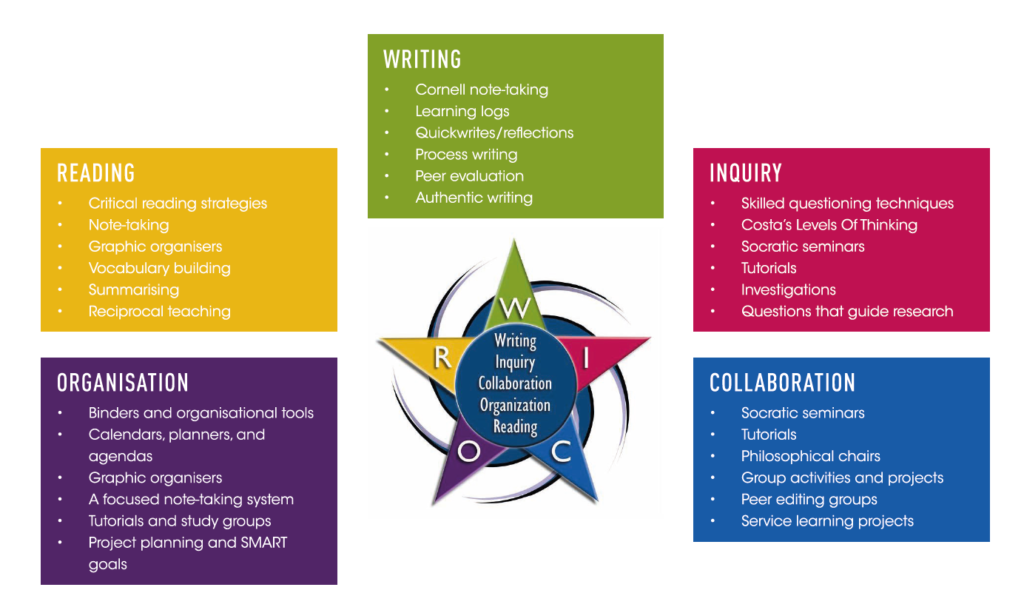ADVANCEMENT VIA INDIVIDUAL DETERMINATION
AVID is a school improvement system created from proven strategies (based on years of research and evidence) to close achievement and opportunity gaps. First established in the USA AVID is now supporting students, teachers and schools across Australia. We have been implementing AVID at Kurunjang since 2014.
VISION : If we hold all students and teachers accountable to the highest standards, provide academic and social support, they will rise to the challenge.
PURPOSE : AVID Australia’s mission is to close the achievement and opportunity gaps by preparing all students for post-secondary education, skills development, and work readiness so they can participate in a global community as productive citizens
At Kurunjang Secondary College AVID is implemented in the following ways:
- AVID elective : Students apply to take the AVID elective with intensive WICOR skills development and take part in academic tutorials
- AVID school wide: teachers implement the high impact teaching strategies across all subjects to support diverse learners and content
- Student Success: All students once a week take part in a subject specifically designed to support the learner to develop AVID strategies, learn self-care strategies and create a career plan
Brochure here
Avid Australia website
Online Application form
Proven Achievement, Life Long Advantage
Educational advantage accessible to all at Kurunjang Secondary College
Advancement Via Individual Determination allows students to achieve the learning outcomes they are truly capable of. With a proven track record of success beyond secondary school AVID nurtures academic potential and provides students with the skills for success in the 21st Century.

WICOR SCHOOL-WIDE
AVID’s foundational strategies for helping students succeed: writing to learn, inquiry, collaboration, organisation, and reading to learn -WICOR.
PURPOSE : Based on what we know through brain research, learning has to be organised in such a way that students can build on existing schema to create new neural pathways. Pathways are only built if the brain has an opportunity to “wrestle” with new information-to figure out how the new fits with the old. This “wrestling” is best accomplished when we ask students to work actively with new information-they have to think, talk, write, read, and ask questions. When students are passive recipients of information, there is very little cognitive wrestling and critical thinking, and therefore, very little long-term learning-new pathways are unlikely to be formed.

